Regulatory gaps slow APAC cross-border payment progress
Fragmented regulations remain the biggest barrier to achieving the G20’s 2027 targets.
At the sidelines of the Singapore Fintech Festival 2025, Bank of America Managing Director and Head of Payments Innovation Rich Clow said Asia is emerging as a global frontrunner in cross-border payment modernisation, but regulatory fragmentation continues to be the most significant roadblock.
Clow called the G20’s 2027 payments target “quite auspicious,” highlighting that APAC’s advancement is outpacing other regions. “I think that the Asia perspective is actually the most inspirational,” he said, pointing to the ASEAN and Southeast Asia corridor as having “the most bilateral discussions.”
However, Clow stressed that technology alone cannot close the gap. “More often than not, people are quick to jump to how to technically solve cross border payments, when in actuality, the biggest constraint are the regulatory frameworks and interoperability across jurisdictions.”
He highlighted the India–Singapore real-time payments linkage as a strong model of cross-border collaboration. The initiative shows “a very safe, very fast and very cost efficient way to connect… domestic payment networks that already exist and to make those services available for consumer remittances across borders.” Although still scaling slowly, he believes it can be replicated widely.
Looking ahead, he said regional experiments in Southeast Asia are accelerating progress — but global alignment lags. “These solutions… probably have a better chance of getting regulatory clarity… than this parallel set of work around stable coins and CBDCs,” Clow concluded.
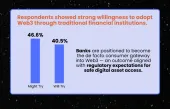












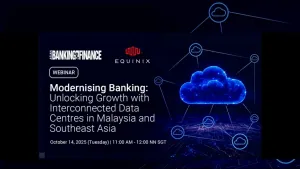



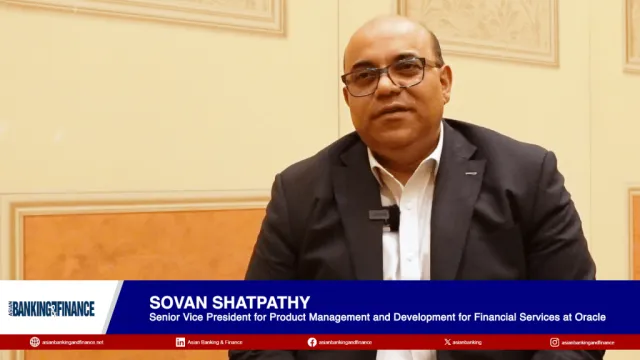

 Advertise
Advertise




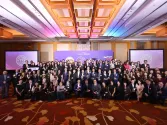
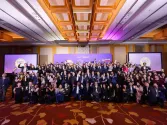
Commentary
Fighting fraud in the digital banking age
Asian banking’s next frontier: Beyond growth, embracing precision
Rethinking cybersecurity: How APAC banks can safeguard against AI-powered threats
Why Singapore’s fast payments need faster protections